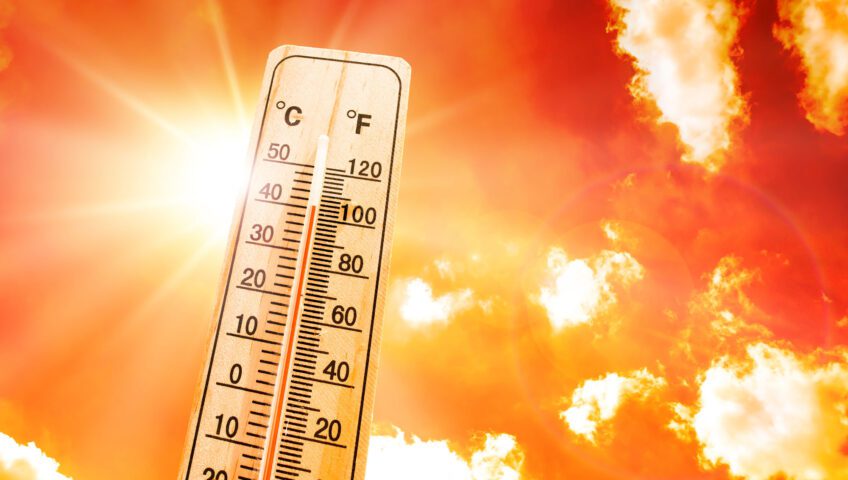It’s been a hot summer in Brevard County. That can take its toll on your lawn. If the grass on your property is showing signs of stress such as bare spots, browning or slow growth, it’s time to treat it with some extra care.
There are a few simple steps you can take to bring health back to your lawn and restore your curb appeal.
Limit foot traffic in damaged areas
Allow your damaged grass some room to recover. Make it a point not to travel over any part of your lawn that looks weak, brittle or brown. Give the blades a little time and space to heal.
Do not overwater
When you see your lawn struggling and dry, the first reaction is to grab a hose and give it a good dousing. While deeply watering the yard from time to time is extremely beneficial, giving too much water can actually do more harm than good. Your lawn needs only about an inch and a half of water per week to remain strong and healthy. This includes rainfall. Overwatering essentially suffocates your lawn, stunting root growth and inhibiting recovery. Overly watered lawns are also more susceptible to fungus, disease and pests. This is not to say deep watering is bad. Once or twice a week, particularly during a drought, is a wise practice. Also, water early in the morning. This will keep the sun from evaporating the droplets before they get a chance to reach the root of the plant.
Do not fertilize
Fertilizing while a plant is struggling to survive a heatwave can be devastating. While in distress, some grasses and plants simply can’t handle the stimulation caused by fertilizers. So rather than kill it with good intentions, let your lawn recover.
And here’s a trick of the trade: Leave the grass trimmings in place after a mowing. They will keep the soil covered, cooler, and more able to provide the hydration and nutrients your lawn needs to thrive.
Know how to mow
Along with overwatering, over-mowing is a serious threat to struggling lawns. Keep your grass a little longer during the harsher summer months. This helps to shade the soil beneath, while decreasing water evaporation and risk of dehydration. When you do mow, set your lawn mower blades to an appropriate height. Be careful not to remove more than one-third of the grass height in a single trim. The more drastic the cut, the more stress your lawn will feel. Make sure your mower blades are sharp. You want to cut your grass, not rip at it. Damaged grass is more susceptible to dehydration and disease.
Finally, mow early morning or late evenings. The strong midday heat on newly cut grass wreaks the most havoc.
If you have questions about the state of your sod, reach out to the experts at Slug-A-Bug. We understand the importance of a thick, healthy lawn and that’s exactly what we work to provide. Call us today at (321) 259-7844 and let us use our green thumb to turn that brown around.
For more information:
https://homeguides.sfgate.com/remedies-heatburnt-grass-88097.html
https://ffl.ifas.ufl.edu/resources/ffl-minute-radio/2020-archive/april-2020/mowing-your-lawn/
https://blogs.ifas.ufl.edu/polkco/2022/07/22/overwatering-can-be-as-problematic-as-underwatering/
https://www.mercurynews.com/2022/08/31/these-are-dry-stressful-days-for-lawns-some-tips-to-help/
